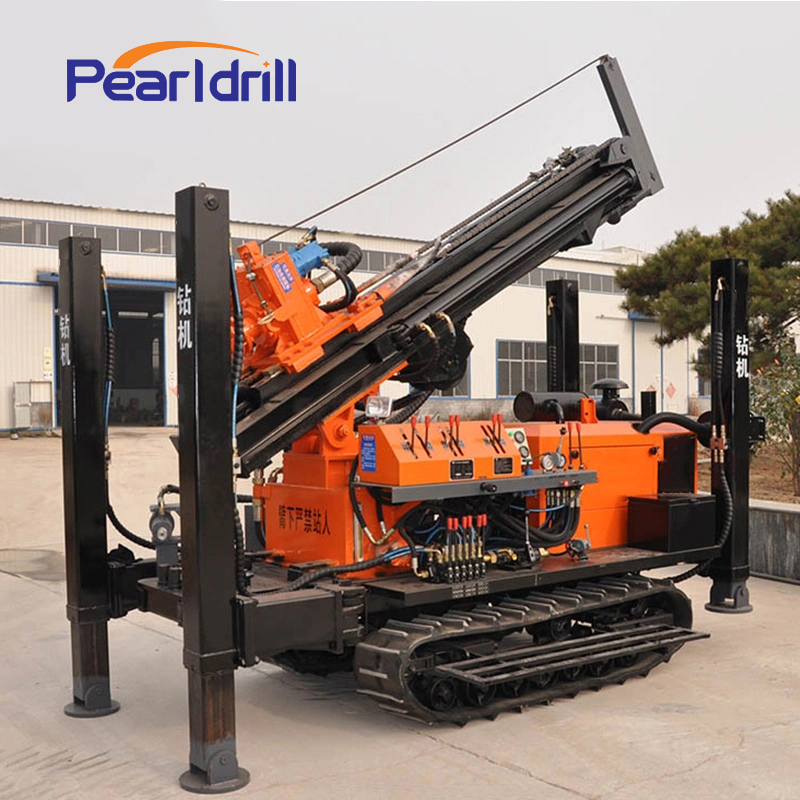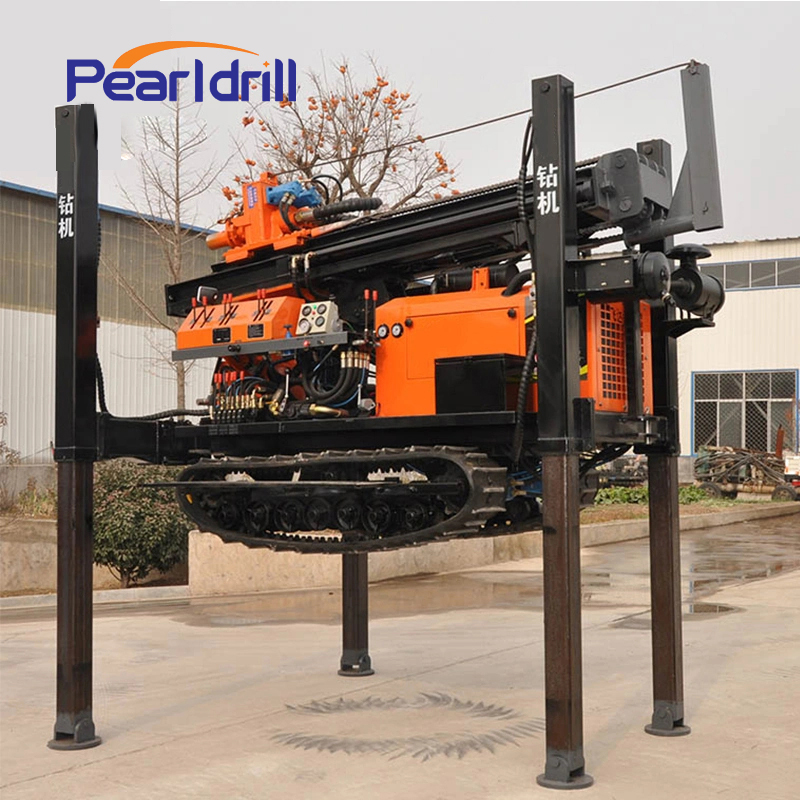How to Maintain Used Water Well Drilling Rigs in 2025
A lot of projects are trying to save money by buying used water well Drilling Rigs. They’re a great deal, but because they’ve already put in the work, maintenance is more critical and complex than for a new machine. You need to do a professional, systematic overhaul to extend their life, keep them efficient, and make sure they’re safe on the job. Here are the four key strategies for maintaining those used rigs in 2025:

1. Full Diagnostic and Repair Before Startup
Structural Fatigue Check: This is the biggest danger zone. You have to inspect the mast, chassis, outriggers, and boom—the main load-bearing parts. Use non-destructive testing (like magnetic particle or ultrasonic) to find fatigue cracks or warping in the welds. If you find a crack, stop and have a professional repair and reinforce it.
Deep Engine and Power Service:
Engine: Check the hours logged and how much performance has dropped. Change all the filters (oil, fuel, air), clean or replace the injectors, and inspect the turbocharger.
Drivetrain: Check the gearbox and axles for wear. Change the old fluids and seals to ensure smooth shifting.
Hydraulic System Overhaul: The hydraulics are the core of the rig. You must completely flush and replace all hydraulic fluid, and clean or replace the tank and filters. Check the pumps, motors, and cylinder rods for any sign of leakage or internal wear ('internal leaking'). Any parts that are clearly worn or leaking should be replaced or professionally re-sealed.
2. Smart System and Electrical Upgrades
Sensors and Wiring: Check the accuracy of all pressure, temperature, and depth sensors. Because old wiring can be brittle, trace and replace any worn, loose, or frayed cables and connections to prevent short circuits.
Add Remote Monitoring (IoT): Install a small IoT module on the rig. This lets the crew and maintenance team remotely monitor core parameters (RPM, torque, pressure, temp) in real-time, giving early warnings and shifting you from reactive repairs to proactive prevention.
Control Panel Upgrade: If the rig is purely mechanical, consider installing a semi-automated control panel with digital displays and basic diagnostic features. This reduces operator strain and misjudgments.
3. Strict Daily Maintenance Routines
Tighter Lube Schedule: Based on how hard the rig is working, shorten the lubrication interval compared to the manual for a new machine. Use high-performance, extreme-pressure grease to compensate for the wear on older components.
Zero Mud Residue: The chemicals and solids in drilling mud are highly corrosive. Immediately after every job, you must thoroughly clean out the Mud Pump, tanks, and all lines. Then, blow the system dry to prevent rust and blockages.
Tool Protection: Drill pipes and bits must be cleaned after use, and you need to immediately apply specialized thread compound to the pipe threads for anti-corrosion. Always check pipes for bending or excessive wear.
4. Digital Records and Spare Parts Planning
Create Digital Maintenance Records: Log every major repair, component replacement (especially pumps and engine parts), and structural inspection. Input this data into a digital platform to track component lifespan and build an accurate replacement schedule.
Pre-emptive Spares: For older models that are severely worn, you must stock up on common wear parts (filters, seals, high-pressure hoses), especially those critical components for older models that may be discontinued or hard to find.
 The Bottom Line:
The Bottom Line:
A used water well drilling rig is an asset, not a burden. By combining non-destructive testing, smart upgrades, strict lubrication, and digital management in 2025, you can get the reliability and efficiency of this old equipment close to that of a new machine, achieving your goal of low-cost, high-efficiency drilling."
To learn more about Chinese water well drill rigs, click the link and contact us.
Contact us

